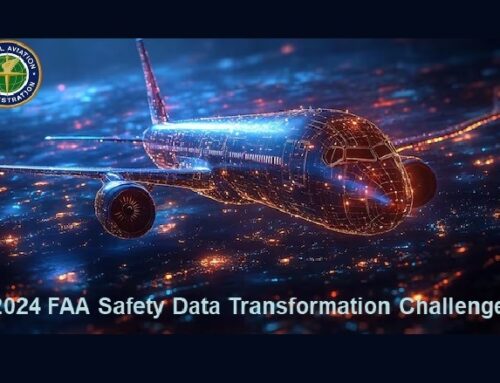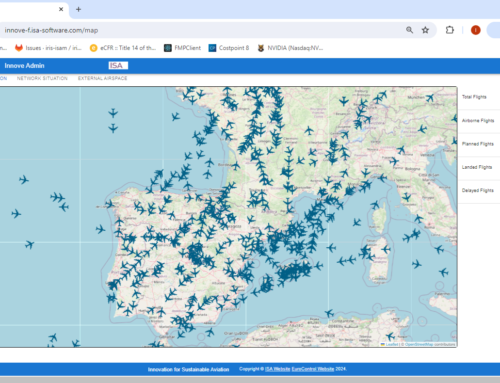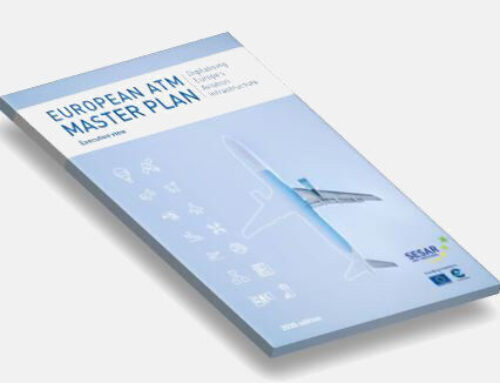How will the air traffic management (ATM) operational concept and system architecture evolve between now and 2050? What changes are required to be implemented in SESAR to ensure a smooth transition? These are the questions FLITE (Future Long-term ATM concept, Infrastructure, Technologies and operational Environment), a recently completed exploratory research project, sought to answer.
Over the next four decades, more complex air travel scenarios are expected to emerge in Europe. The future vision of air travel in Europe expressed in Flightpath 2050 is to provide door-to-door transport within Europe capped at 4 hours (90%) and to execute all flights with delays not exceeding 1 minute under all weather conditions. The vision further includes dynamic network reconfiguration, 24 hour efficient airport operations and coherent ground infrastructures, including vertiports and heliports. The achievement of this vision will require fundamental changes in the air transport system.
Not surprisingly, the integration of air vehicles with varying levels of performance and automation into the same airspace will result in a significantly higher density of traffic. In light of these challenges, the FLITE project evaluated how the target SESAR operational concept and technologies will need to evolve in order to accommodate these scenarios while at the same time enabling 90% of passengers within Europe to complete their door-to-door journeys within 4 hours.
Carried out jointly by Imperial College London and ISA Software, FLITE identified three key operational challenges in areas: gate-to-gate, passenger handling and airport access. Furthermore, a number of associated technological challenges were also identified:
To read the full article.





